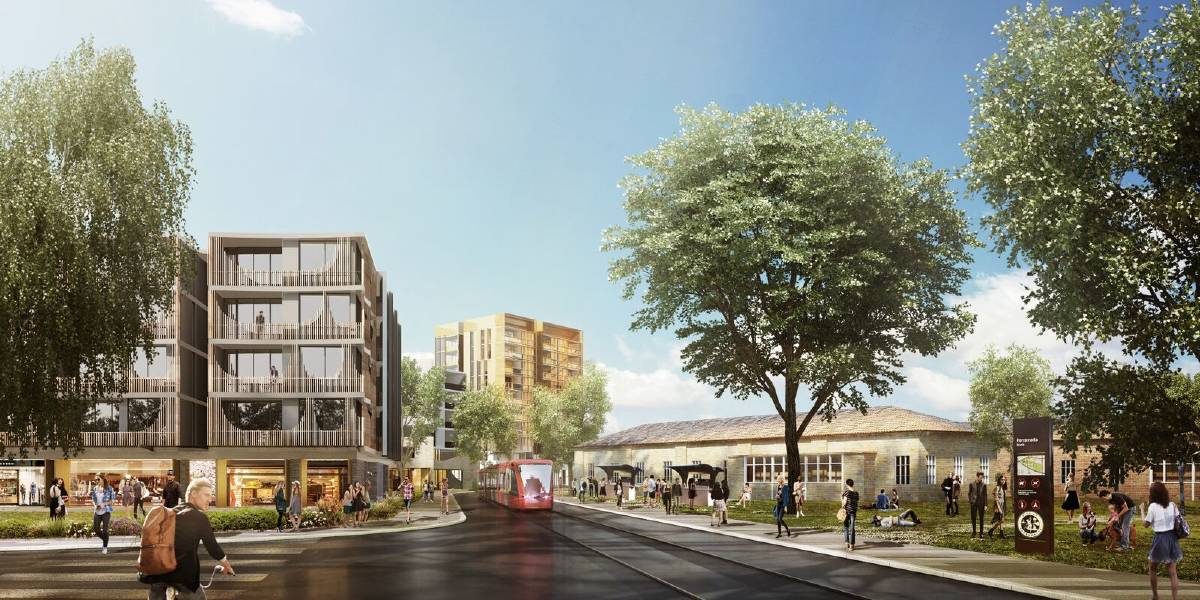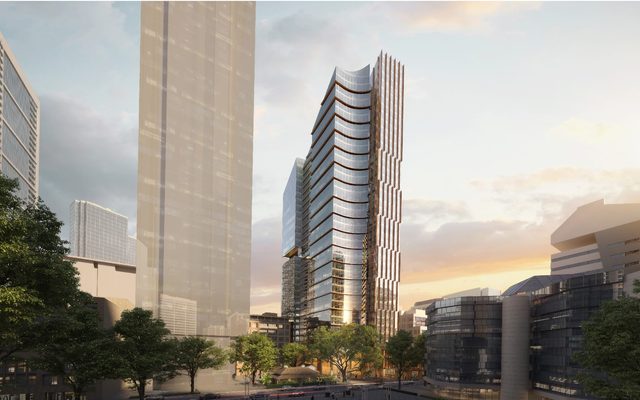This article is from the Australian Property Journal archive
THE NSW government has created the Greater Parramatta Priority Growth Area, which will deliver 72,000 homes over 20 years.
Minister for Planning and Housing, Anthony Roberts, said the Land Use Infrastructure Implementation Plan is a response to the Greater Sydney Commission’s draft vision for the Greater Parramatta to Olympic Park corridor, which will bring a step closer, the vision of growing Parramatta as Sydney’s second CBD.
“Greater Parramatta is a popular place for people to live, but has more room to grow. The plan will see more than 72,000 new homes built in the 12 precincts which will help first homebuyers get a foot on the housing ladder.
“We also aim to create 110,000 new jobs by growing the knowledge economy along the corridor that will be serviced by the Parramatta light rail and Sydney Metro West,” he added.
Covering more than 3,400 hectares, the growth area incorporates 12 precincts which will undergo urban transformation: Westmead, Parramatta North, Parramatta CBD, Harris Park and Rosehill, Rydalmere, Carlingford Corridor (including Telopea and Dundas), Silverwater, Camellia, Sydney Olympic Park and Carter Street, Homebush, Parramatta Road and Wentworth Point.
A variety of new employment opportunities will be created with jobs varying from smart jobs to creative and service industries, with 16,500 new jobs at Sydney Olympic Park and 30,000 at the health and education knowledge hub of Westmead.
The Minister said there will also be a green grid along the Parramatta River foreshore with connected open spaces, walkways and cycle ways for the recreational needs of a diverse population.
“The Parramatta Light Rail will be the backbone of this growth area connecting the world-class medical, education and research hub of Westmead to Parramatta North, Parramatta CBD and Carlingford via Camellia,” he continued.
The Urban Taskforce’s CEO Chris Johnson welcomed the announcement, although expressed concerns around infrastructure levies.
“The new Priority Growth Area for Greater Parramatta sets the agenda for growth in this important precinct.
“Many of our members have landholdings in the precinct and are keen to proceed with development but we have a concern about the extent of infrastructure levies that will be applied,” Johnson said.
“The NSW Government’s recent announcement of the removal of the cap on contributions to local infrastructure funding has already slowed down housing projects in the supply pipeline. It is clear that the government is moving away from funding much of the essential infrastructure needed for new housing and passing this additional cost on to the development industry. This will only lead to an increase in dwelling prices just at the time housing affordability has become a critical issue affecting many families in Sydney and NSW.
“The Parramatta Priority Growth Area will also be subject to a ‘Special Infrastructure Contribution’, a state level infrastructure levy to fund regional infrastructure, an affordable housing levy requiring at least 5-10% of housing to be gifted to affordable housing providers, a levy to fund the future ‘West Metro’ light rail and ‘value capture’ policies introduced by councils for e.g. Parramatta Council which requires developers to pay 50% of the value of any uplift from a rezoning.
“The staggering array of new levies, taxes and contributions imposed upon the property development industry will drive up the cost of housing production, which ultimately deters development, deters investment, drives up the cost of housing and decreases housing supply,” Johnson said.
Australian Property Journal




